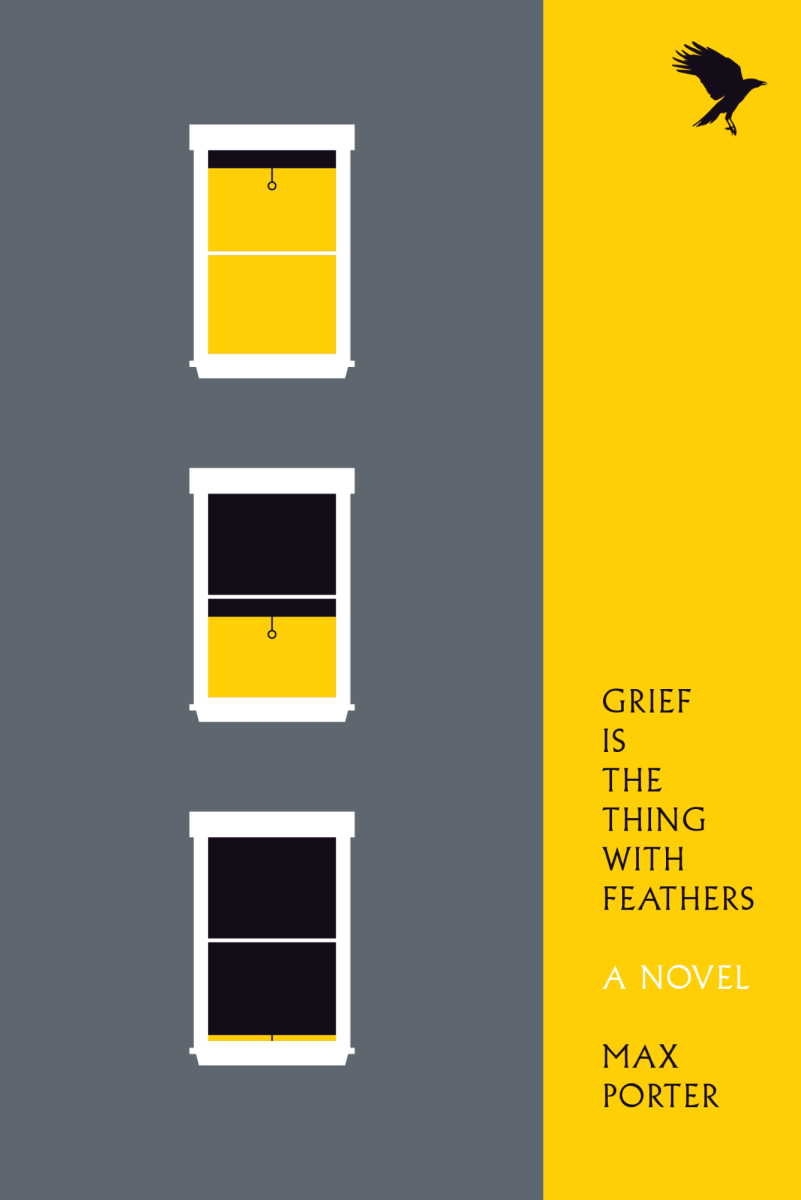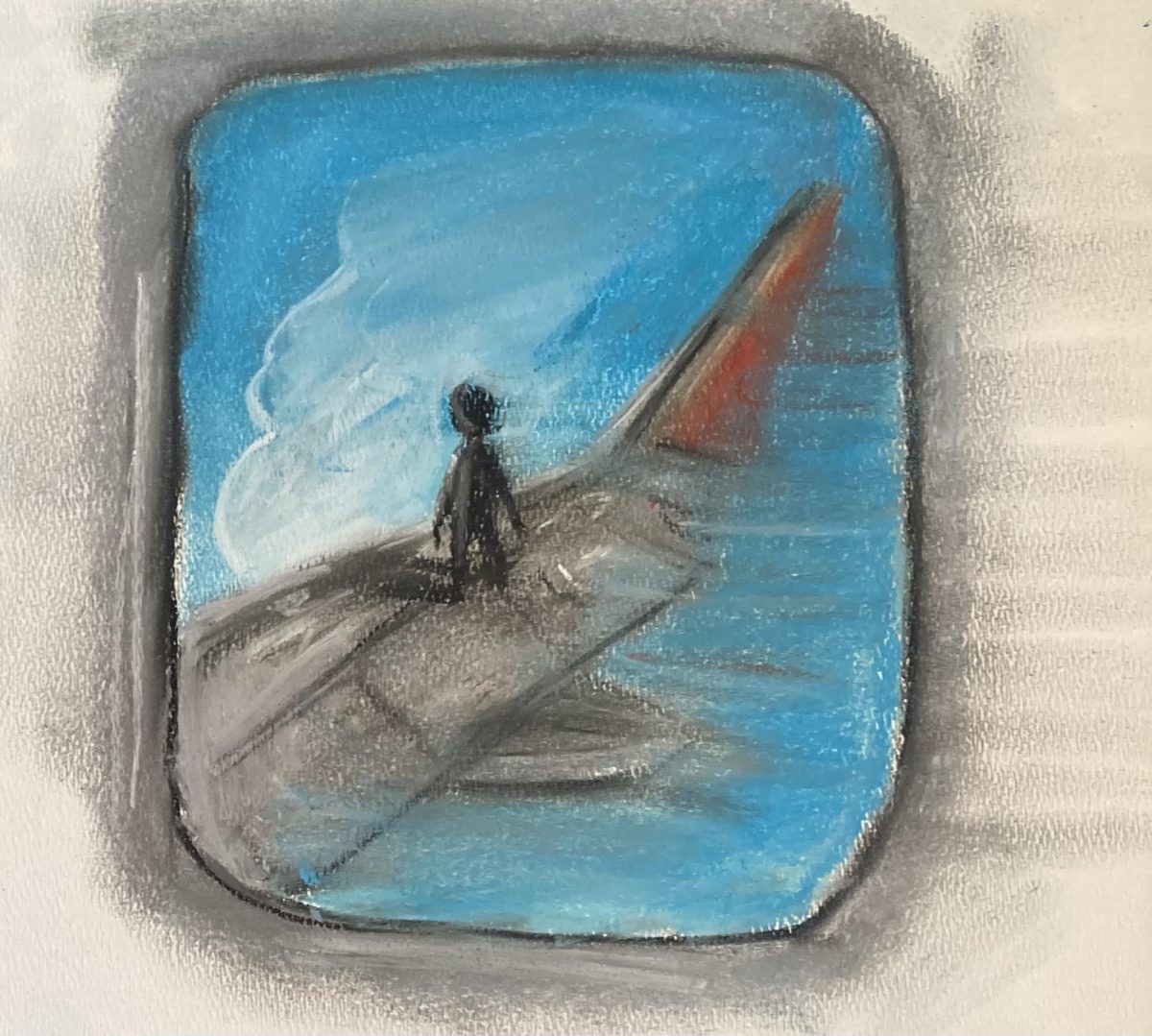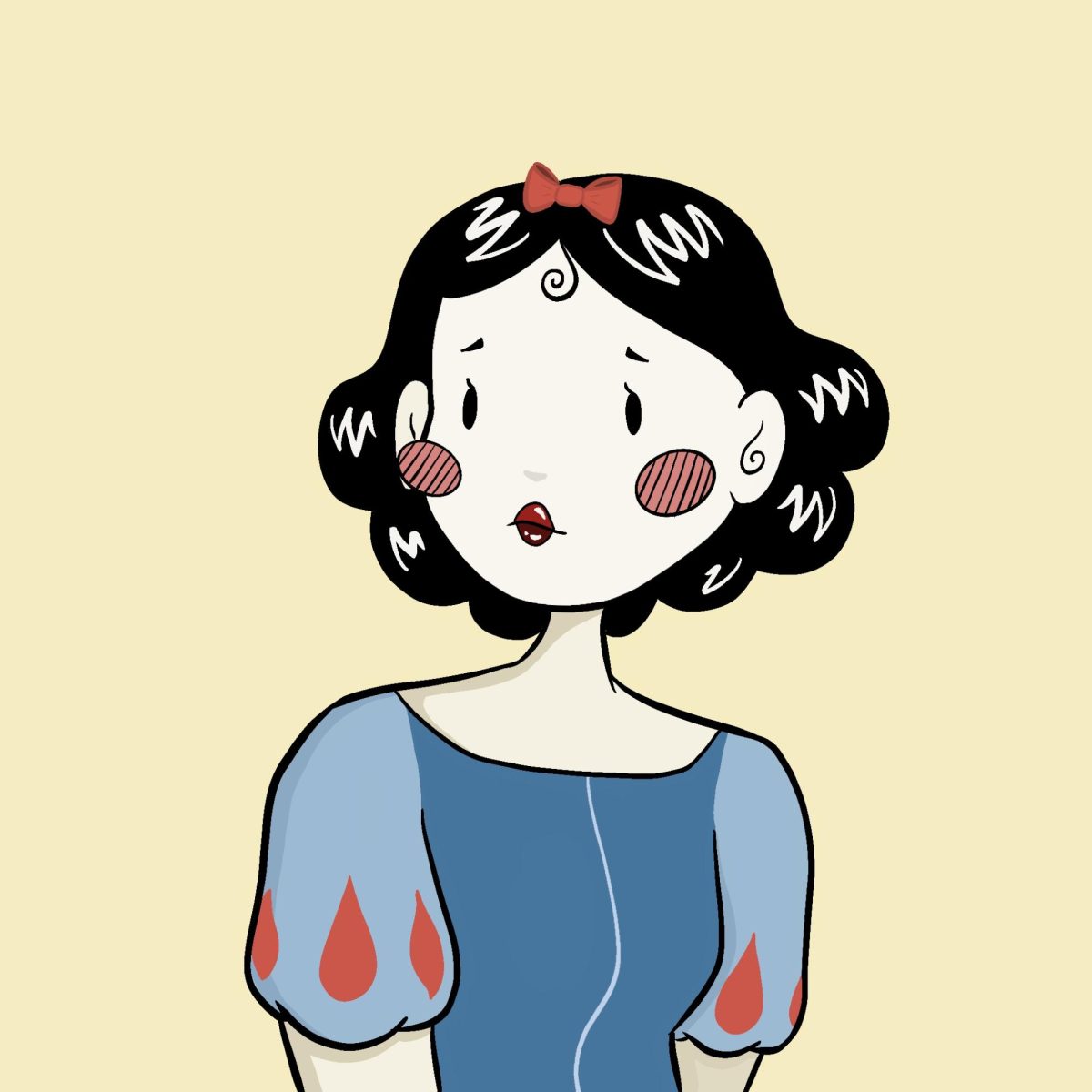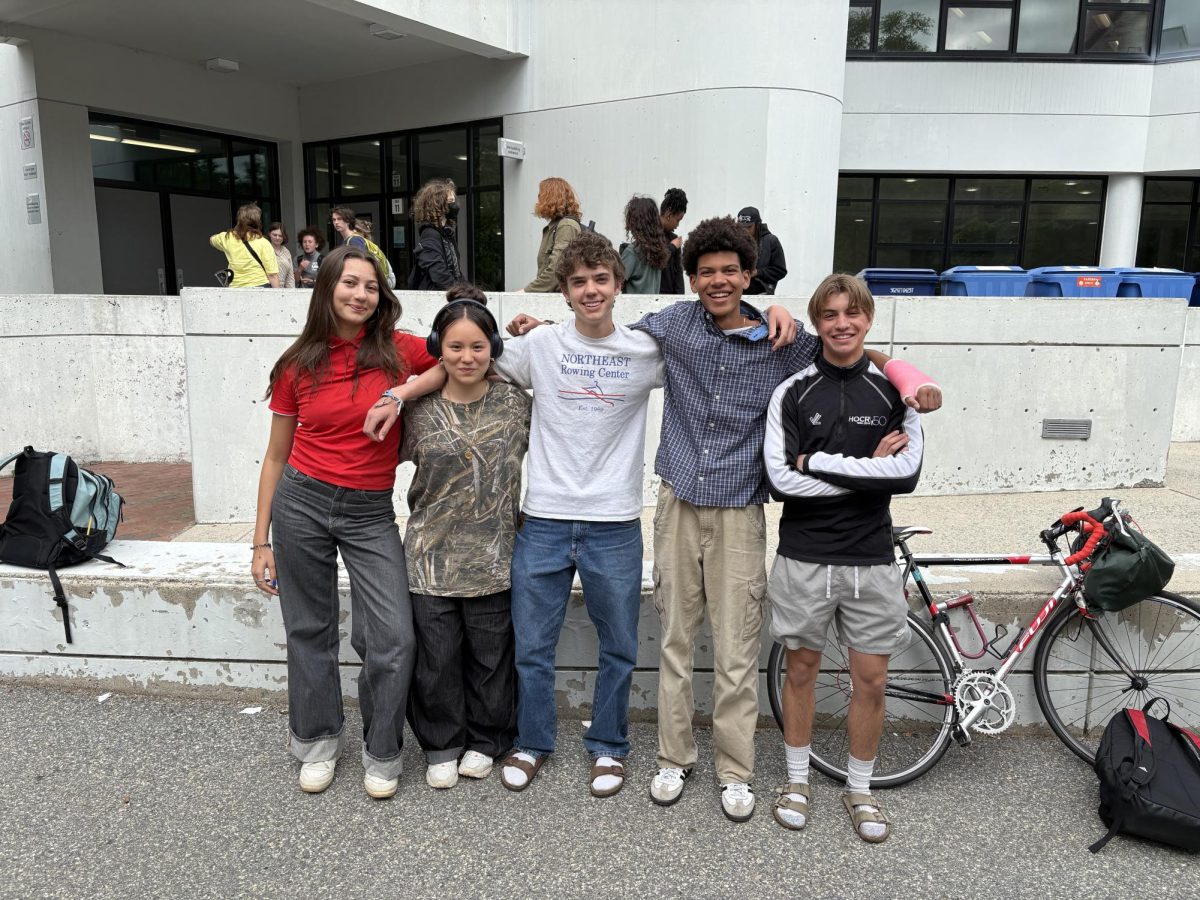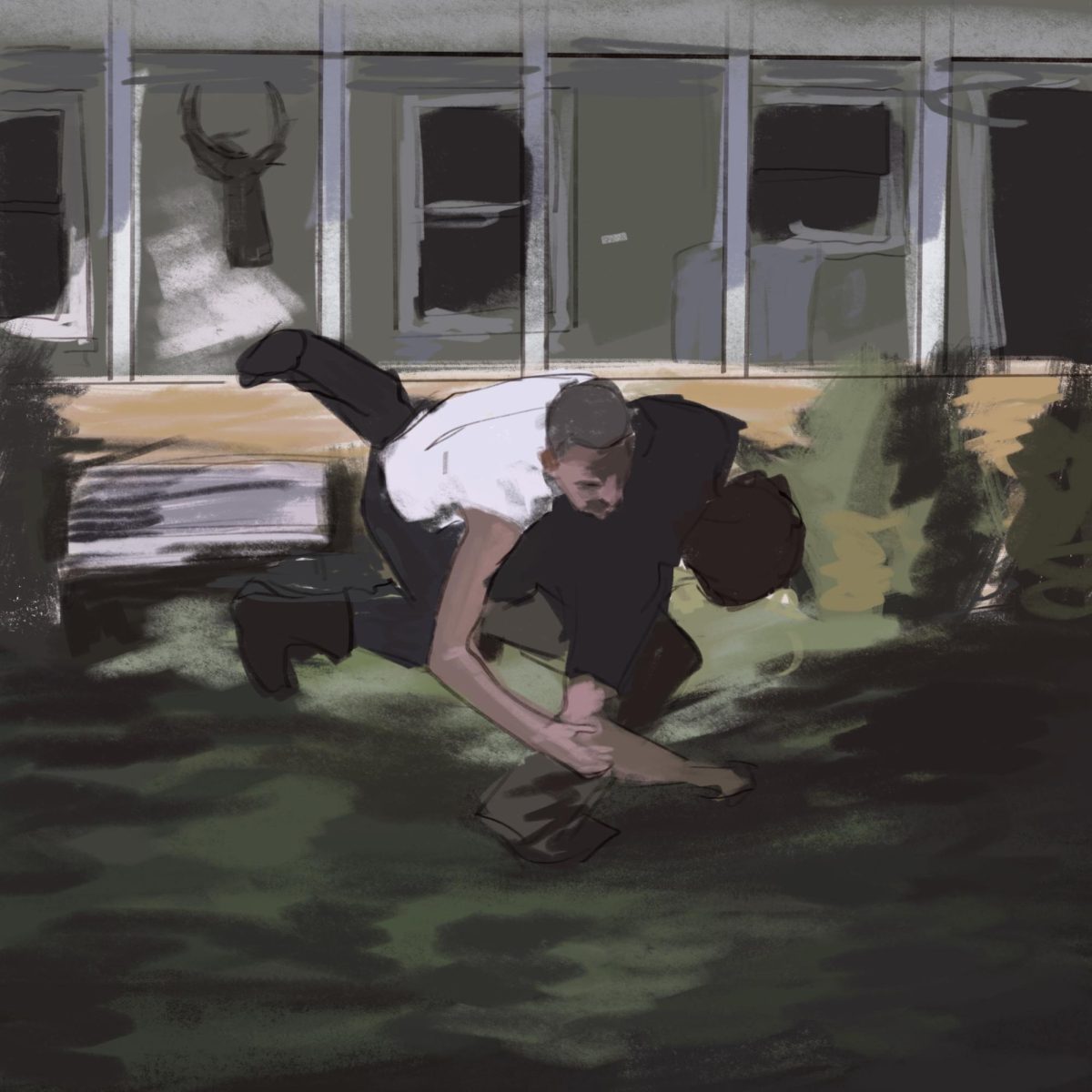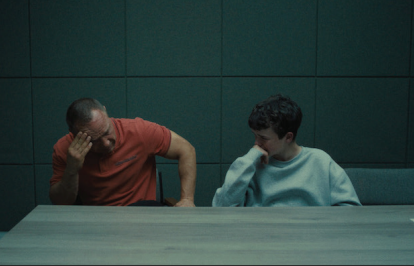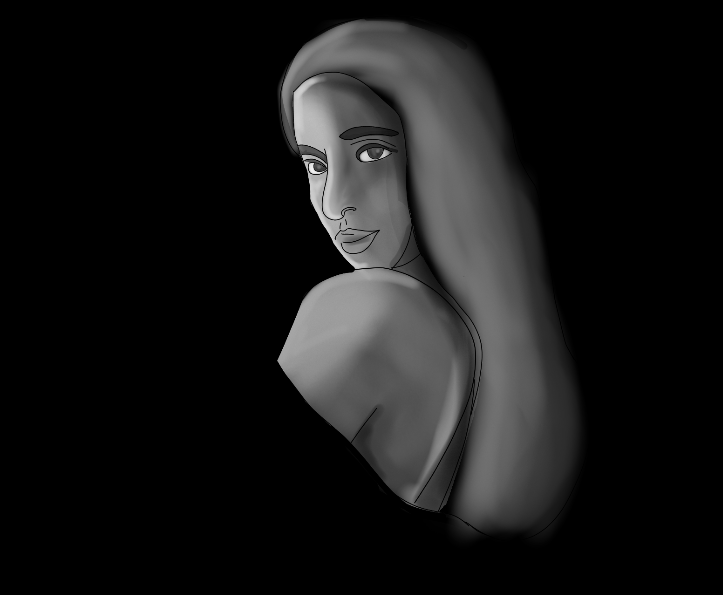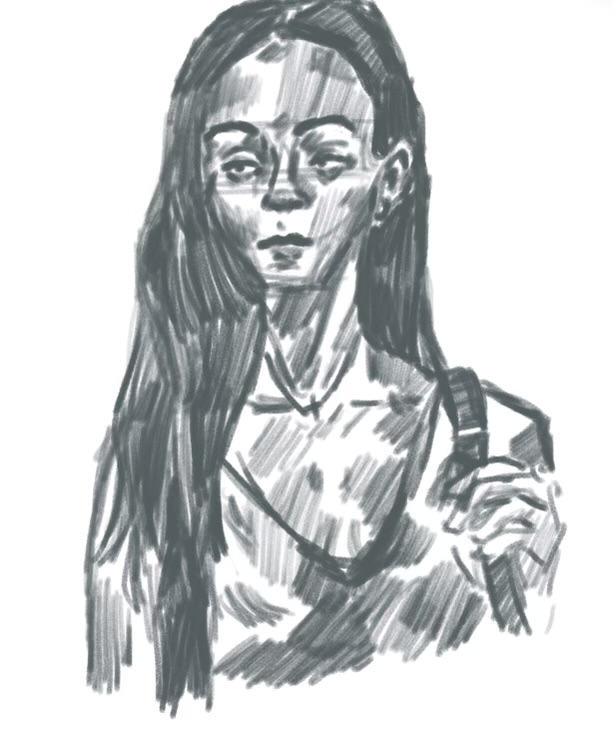Upon reading Kate Wheatley’s ’25 deeply moving exploration of grief, love, and loss in “Processing Sadness” for the Register Forum’s November edition, I was seamlessly drawn back to the reflections captured in the book, Grief is the Thing with Feathers.
Grief is the Thing With Feathers is a novel written by Max Porter that accounts for the complex nature of grief. The story follows a father and his two young sons who are wrestling with the loss of their wife and mother. Porter personifies the family’s grief through the character of a witty and pestering crow. The bird, who arrives in the middle of the night with “a rich smell of decay, a sweet furry stink of just-beyond-edible food, and moss, and leather, and yeast,” serves as a manifestation of their collective sorrow, a creature that is both haunting and comforting. The crow’s interactions with the family take on a double nature, disruptive and often chaotic elements of grief while also offering moments of unexpected levity and companionship. As the crow weaves its way into the family’s life, it becomes a conduit for their emotions and a vessel for their pain, anger, and longing. Even when the crow eventually departs, its absence doesn’t signify the end of grief. Instead, it lingers like a shadow, an indelible mark on their lives. Although it looks and reads like a collection of poetry, this is very much a novel.
The title is drawn from Emily Dickinson’s poem “‘Hope’ is the thing with feathers,” which is similarly, simultaneously indirect, nuanced, and intellectually playful. The story also transitions between three perspectives—”Dad,” “Boys,” and “Crow”—and unfolds in three distinct sections, each characterized by its own unique musicality and persona. Thus, the book emerges from random memories, fleeting thoughts, and fragments of conversations. Ultimately, it is the Crow itself that compels articulation from the characters and imprints it onto the page.
I first read this book following the death of one of my best friends’ mom because I didn’t know how to support them best. Over the following months, I read and read and read about grief. I learned a lot, but I couldn’t (and still can’t) figure out the right things to say. I thought if I could just understand what exactly they were feeling, I’d know what to do.
When I read this book I quickly came to understand that grief can be an extension—like a limb —of an arm or a leg. That it’s the air you breathe, the ache you feel on Christmas morning, and the “thing with feathers” that lingers at your kitchen table. This book taught me that grief is not something that can ever be fully cleansed, healed, or cured. I cherish this book because I read it during a period in my life when it was much needed. It is resilient and thoughtfully composed, but also much more than the sum of its parts.

